I’m sure you remember the GARE, the Ground-Air Heat Exchanger which was a 46m length of 200mm diameter buried pipe through which the air intake for the house flowed, thus cooling it in summer and heating it in winter? Well, it’s been ditched, I just couldn’t justify its cost for its benefits. Getting the pipes from Germany to Ireland was quoting at €8,100 or so, and certainly a further €3k to install them. I tried getting cheaper pipe, HDPE which is best material for conductivity requires a specialist contractor to fuse them, and thicker PVC pipe which only requires solvant glue to fuse I would have had to laid two parallel runs to achieve the same efficiency, so once again, back towards the 8k + 3k cost.
Ground-water heat pumps would be the next obvious alternative, these being what most people think of as ‘geothermal’. These work via a buried hose about 1.5m deep through which runs brine water. The heat pump exchanges heat between the inside and the outside buried loop in either direction. These were somewhat popular 10-15 years ago, but as air-water heat pumps became de facto obligatory in new builds in the EU after 2019, the ground-water heat pumps have become difficult to purchase, plus they have risen in price along with recent build inflation. I reckon you’re talking €20k for one now, and another €5k to install it because they require a specialist design team to prevent them freeze locking.
I could just bite the bullet on an air-water heat pump, though they’re costing €15k or so nowadays including installation. But then I discovered that Zehnder have launched two add-ons for their ComfoAir Q range of MVHR ventilation units:
For €6,200 inc VAT one can get the Zehnder ComfoClime 36 which is an air-air heat pump able to cool up to 1.7 kW and heat up to 2.2 kW at COPs of 3.0 and 2.5 respectively. No external fan unit needed, which is nice, but it would dump extra hot air into the greenhouse in summer.
For €5,450 inc VAT one can get the Zehnder ComfoFond-L Q ST which is an air-ground heat exchanger needing lots of metres of buried PE pipe 32.26.2 dimensions. It only draws 70 watts maximum so clearly cannot be a heat pump. It has no performance data, however it surely would be as efficient as the GAHE, and is obviously cheaper.
Of those two, obviously I’m rather liking the ComfoFond as it slots right in instead of the GAHE. Maximum possible cooling remains the same as this is the heat capacity of air: if outdoor air is 25 C, and below ground is 10 C, then:
- 350 m3/hr is 1.75 kW of cooling.
- 450 m3/hr is 2.25 kW of cooling.
- 600 m3/hr is 3 kW of cooling.
Actual cooling will be less than that, but you don’t need much to drop a passive house internals by 1-2 C.
What’s nice about this not being a heat pump is that any old joe can install the buried loop i.e. me, because the coldest brine you’ll ever send down there is the outdoor air temperature, and via anti-freeze you can abaolutely guarantee it’ll never ever freeze. This makes the pipe design very simple, no T-branches needed to spread a freeze load across trenches, you can use a single straight run of pipe which further reduces the chance of later leaks etc. 150 metres of pipe is around €180, and trenching it with a digger is well within my abilities. As you’ll only be putting 3 kW through it, 150 metres ought to be plenty.
I had been budgeting €20k for the site prep and GAHE installation, I think that has now been reduced to €7k if I install the loop myself. This is good, as I suspect the M&E design costs are going to well exceed the €10k I allocated for them, but more on that in another post.
I reckoned that my company whose office is on the site would be justified in purchasing security flood lighting, so I picked up two 200 watt LED flood lights. That’s not 200 watt incandescent equivalent, that’s 200 watts of electricity consumption. They are unsurprisingly therefore rather bright:
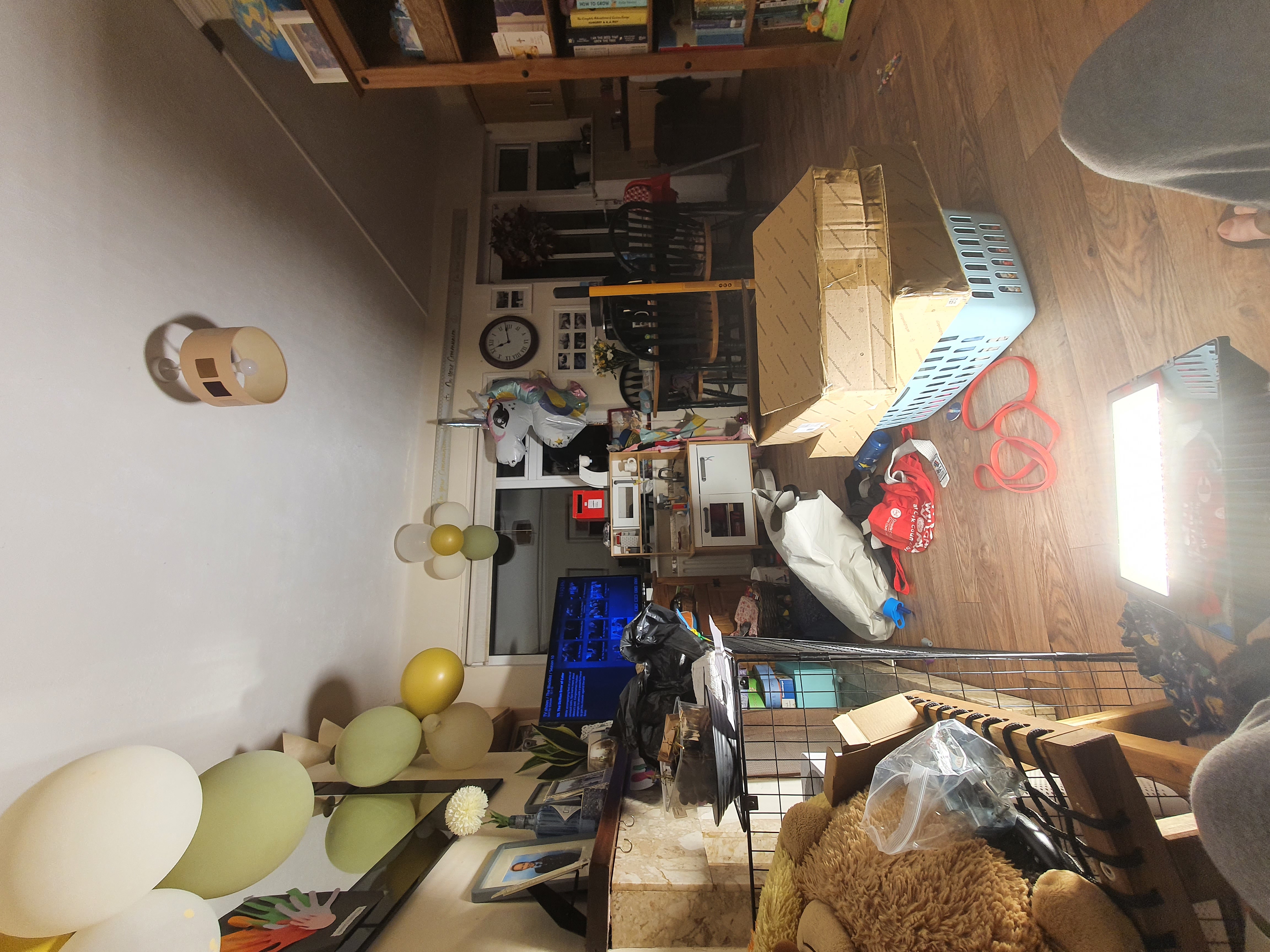
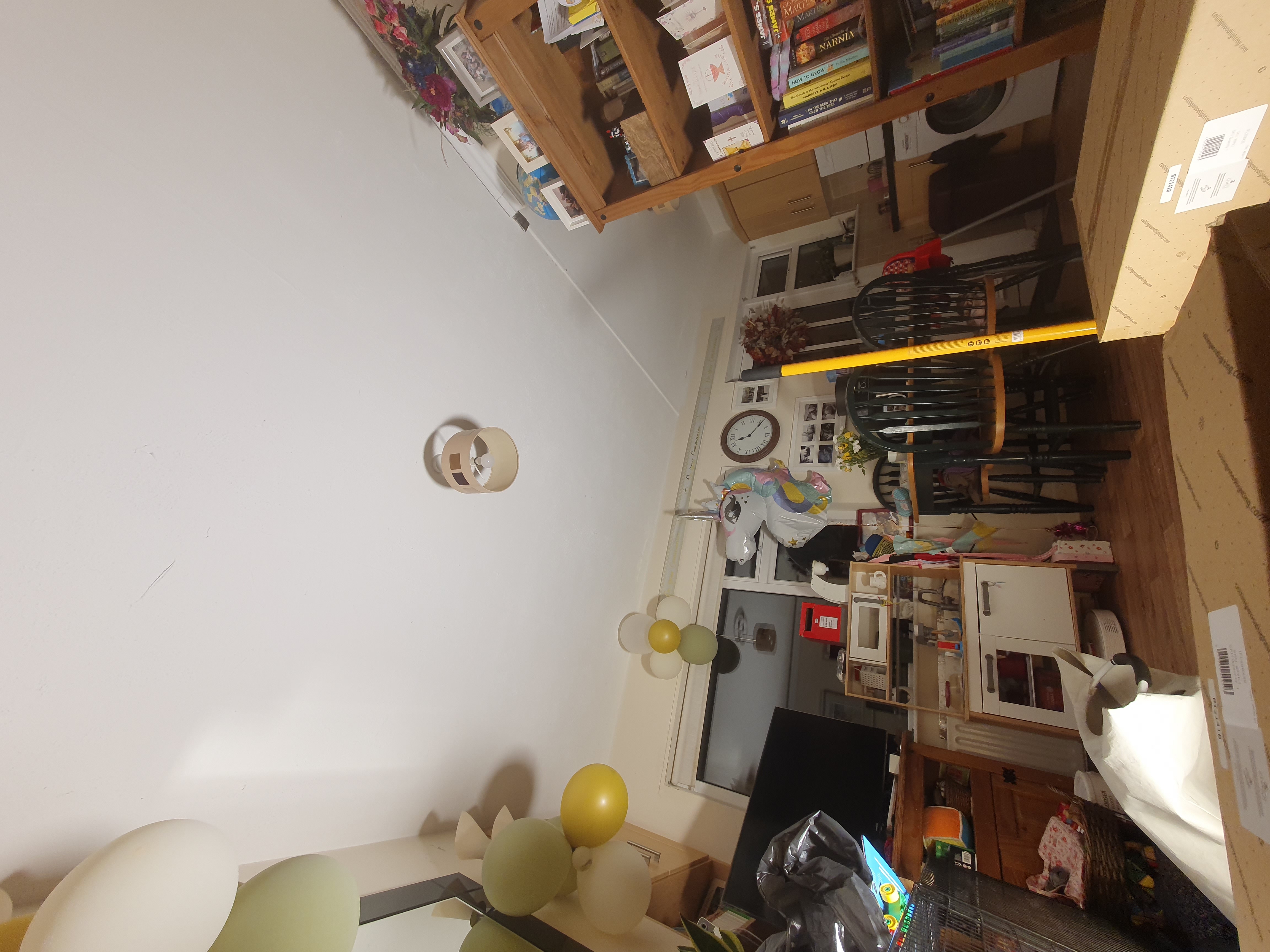
Using a wattmeter I verified that it does indeed draw 200 watts. Once warmed up enough, that does drop to 193 watts, but that’s the physics of LEDs for you.
So just how much light is there? Remember my cove lighting? It outputs plenty enough light with which to read comfortably in a nice even spread. According to my phone sensor, it reads 105 lux from the couch which is maybe 1.5 metres from the roof, with the light reflecting down. With the floodlight pointing straight up and a box hiding it from direct glare, the phone sensor reads 750 lux just from reflected roof light alone. I’m strongly considering fitting these into the vaulted space in the house as uplighting, a few of them together would be pretty decent and even coverage, and if you vary the colour temperature between them then the CRI won’t be half bad either.
The unit claims 22,000 lumen, but I have no way of testing it other than what I’ve done. I can say that my workplace high lumen lighting solution which keeps me awake and working productively late into each night:
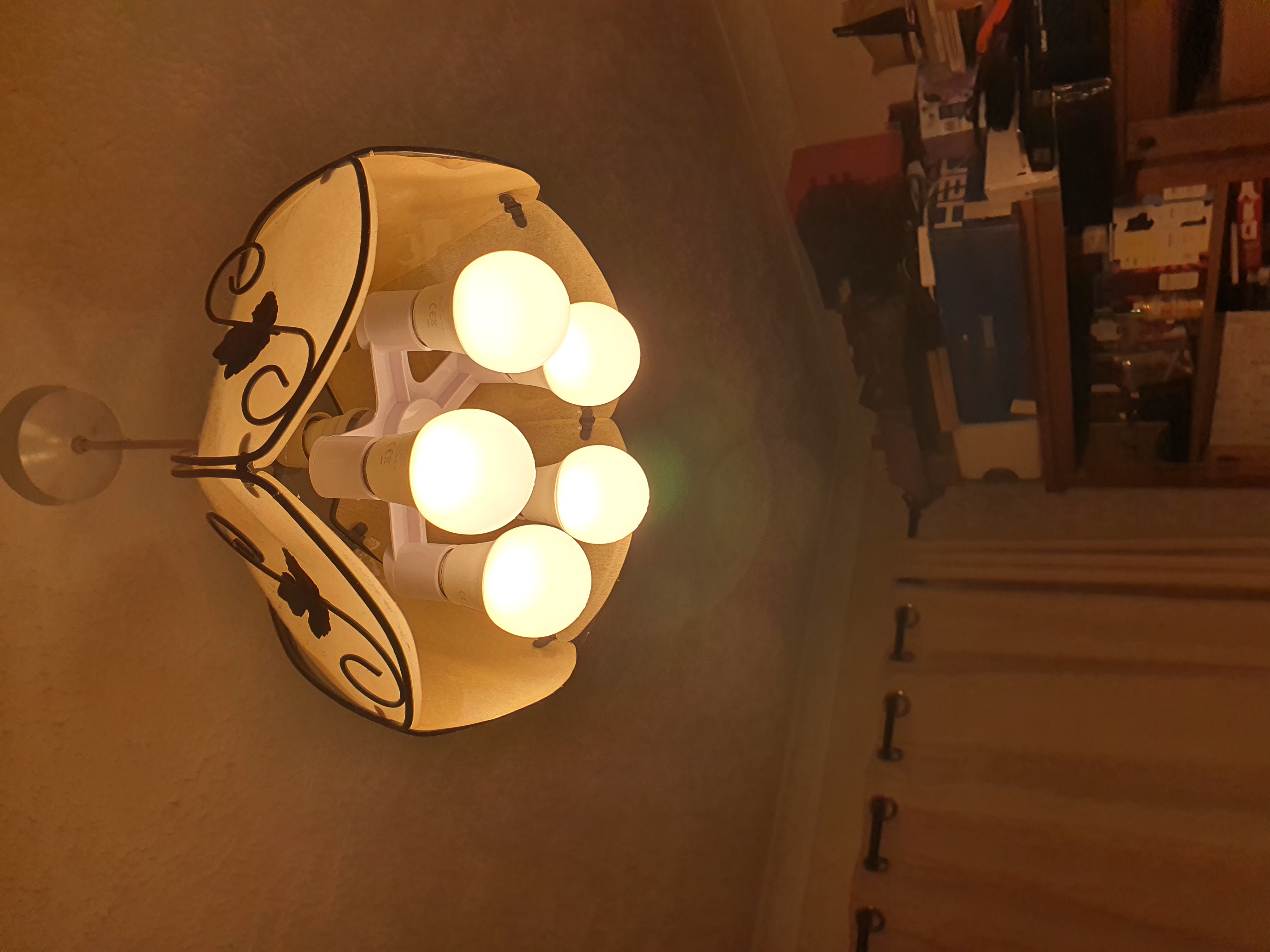
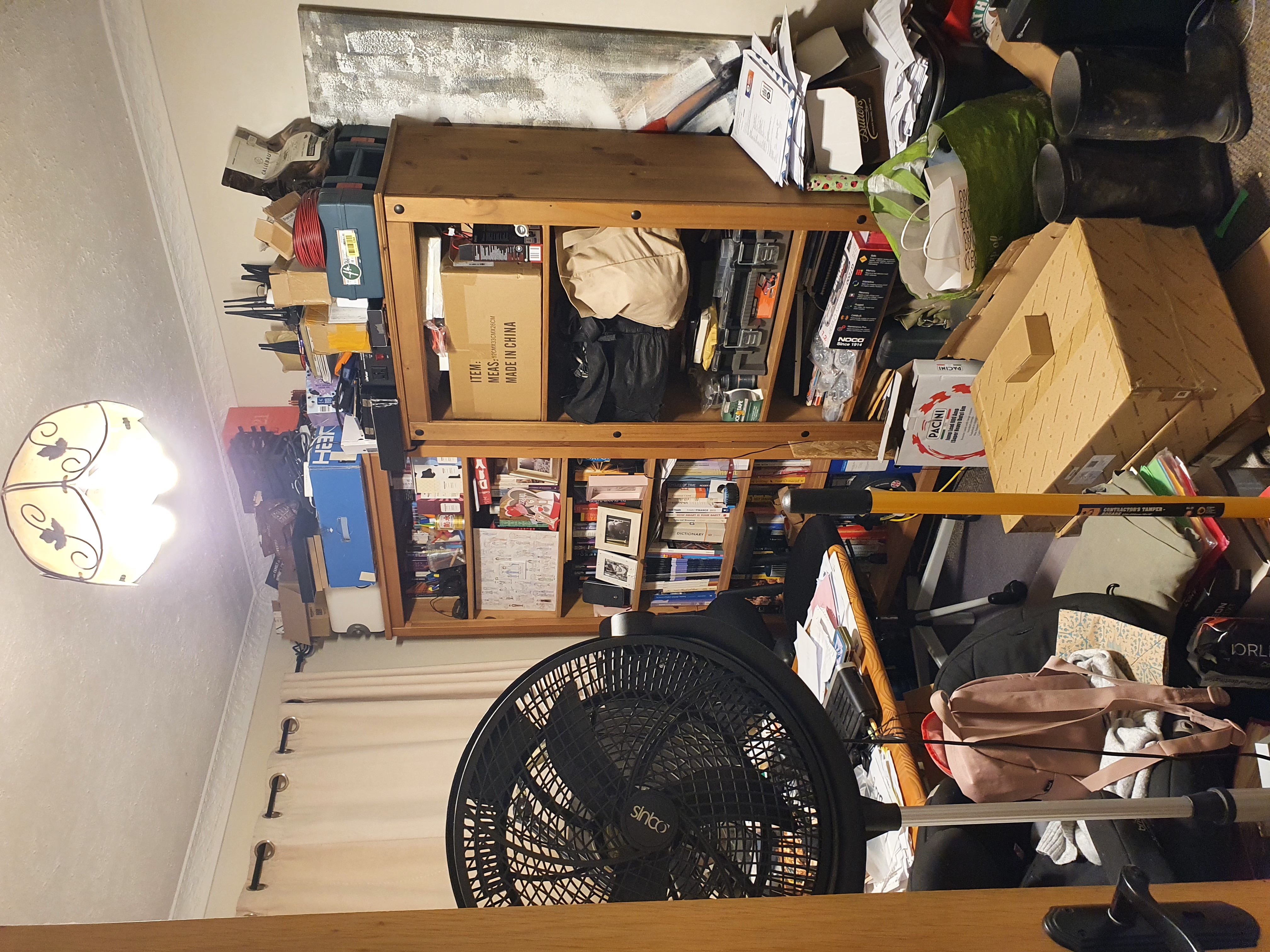
… emits 806 lumen x 5 = 4,000 lumen, and my phone’s sensor reads 400 lux when about 1.8 metres away with the phone pointing at the light. So to get nearly twice that after a 2.5 metre travel and a reflection suggests the floodlight may be telling close to the truth – it helps trust that the units appear to be manufactured in Britain, and not in China. They’re also very well made, with big hefty heat sinks on the back which do a great job of drawing heat away from everywhere else. I left it run for half an hour, then took these thermal images, firstly of the front and then the back:
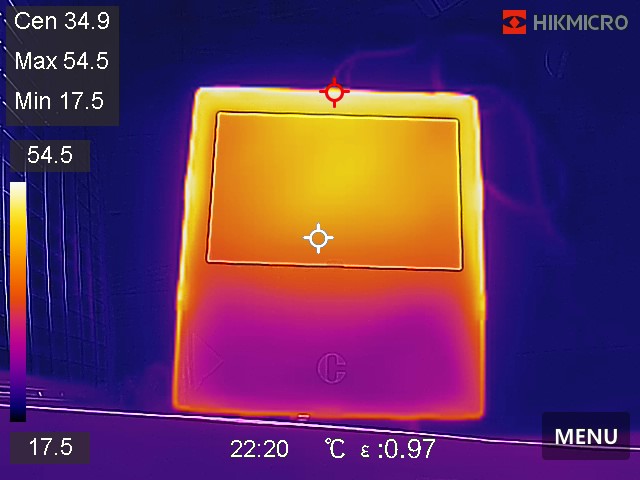
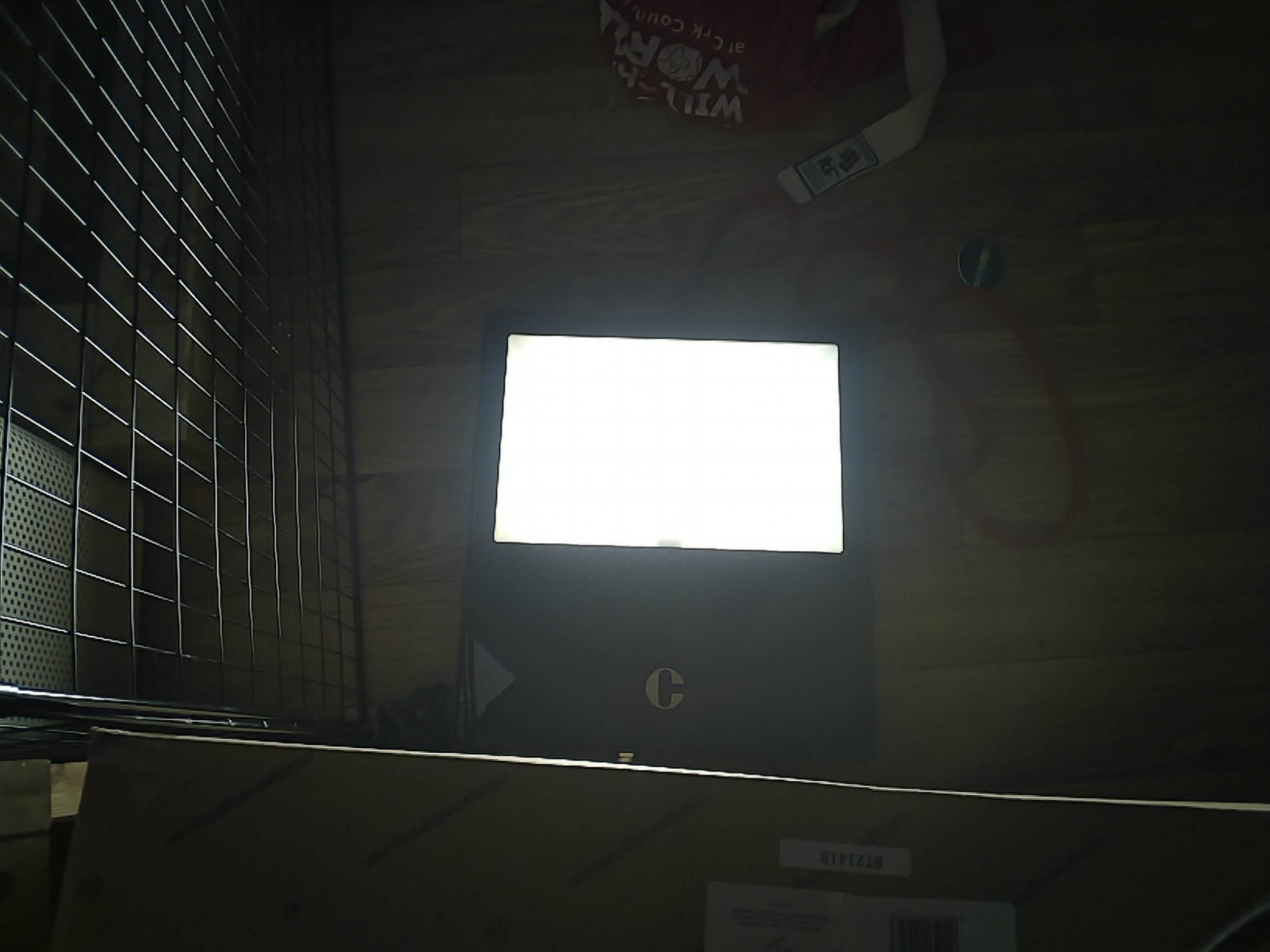
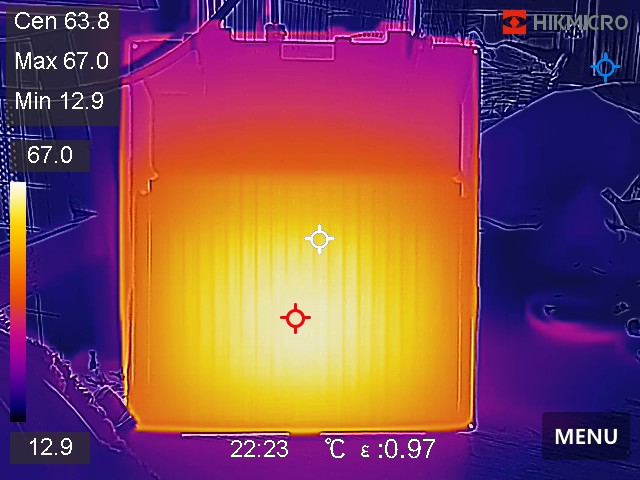
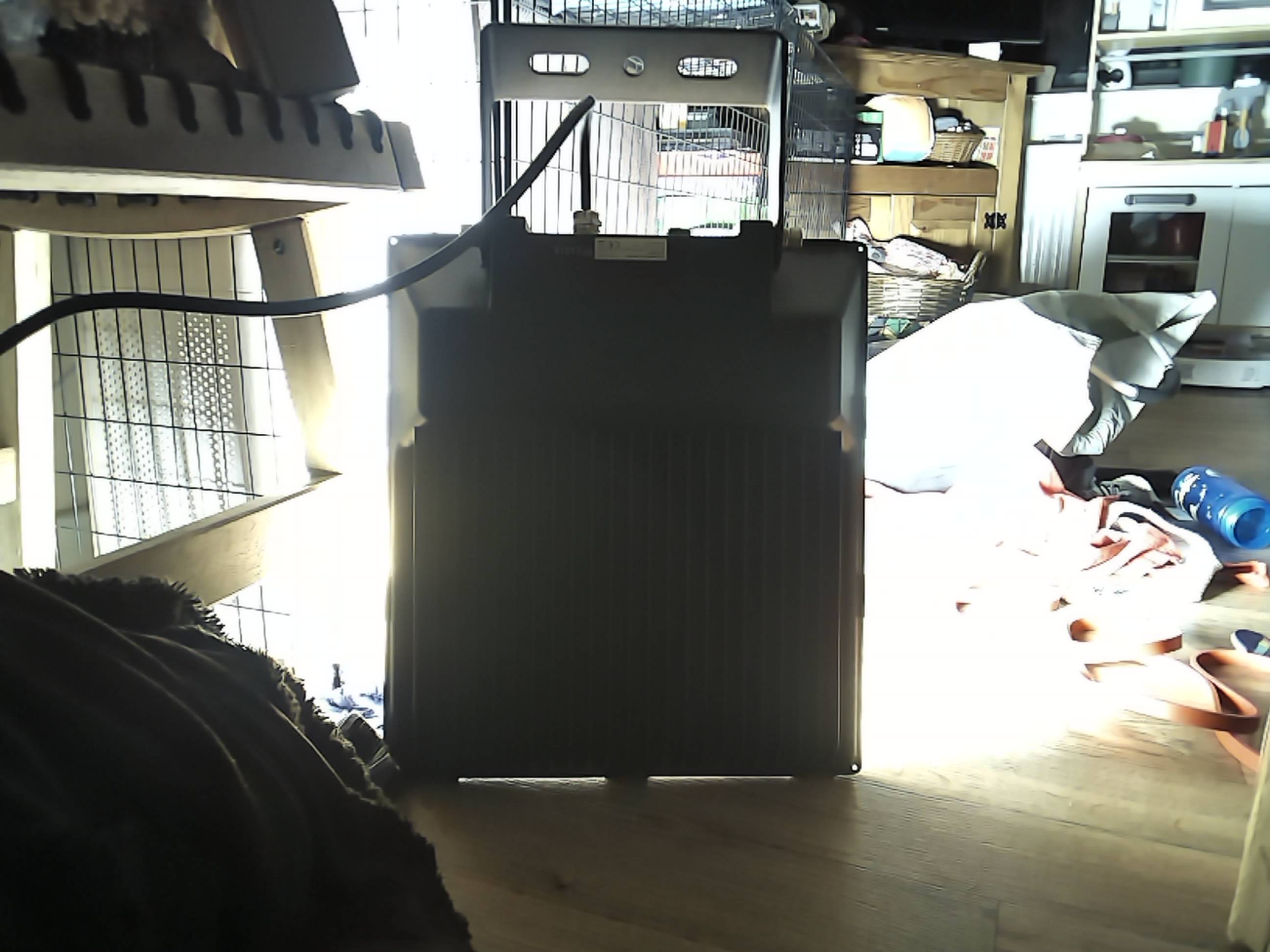
(In case you’re wondering, yes my Hikmicro thermal camera finally got a firmware upgrade which retains the visual camera image. Turns out said camera is dog shit bad and the images are saved with severe JPEG compression, but it’s much better than nothing)
As you can see, the front remains under 50 C with only the outer frame conducting heat from the back. The back meanwhile, well it gets up to 70 C or so. This is good thermal design, I also had it on its back so the heat would rise, if it were facing down like its designers intended it would be still cooler again.
Anyway, these particular units are destined for poles raised high over the site. Just need to get the mains electricity activated – it was paid for 11th April, so nearly seven weeks ago now. Here’s hoping they get round to it soon!
| Go to previous entry | Go to next entry | Go back to the archive index | Go back to the latest entries |